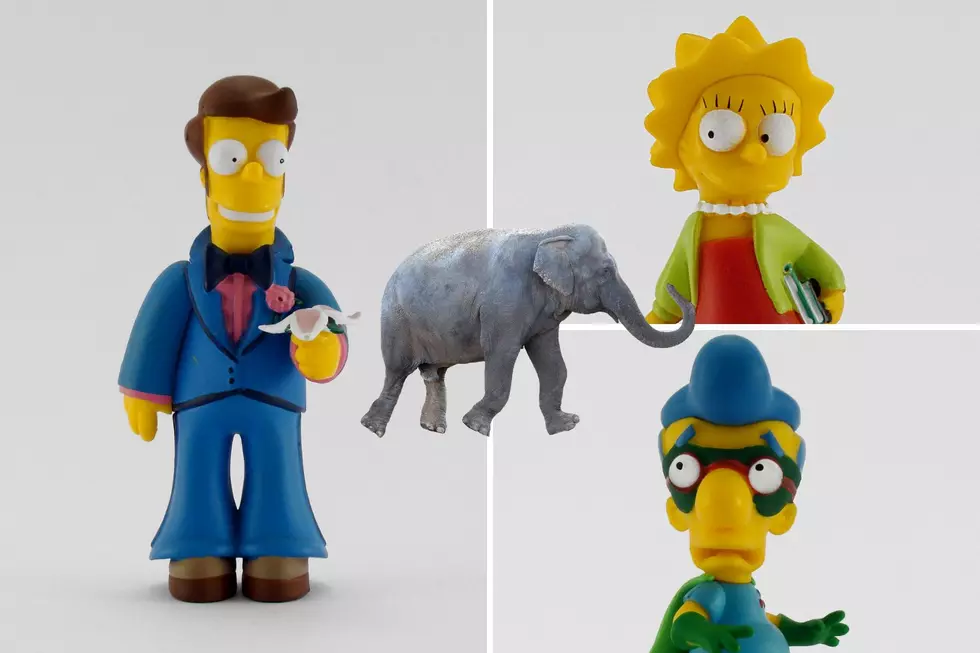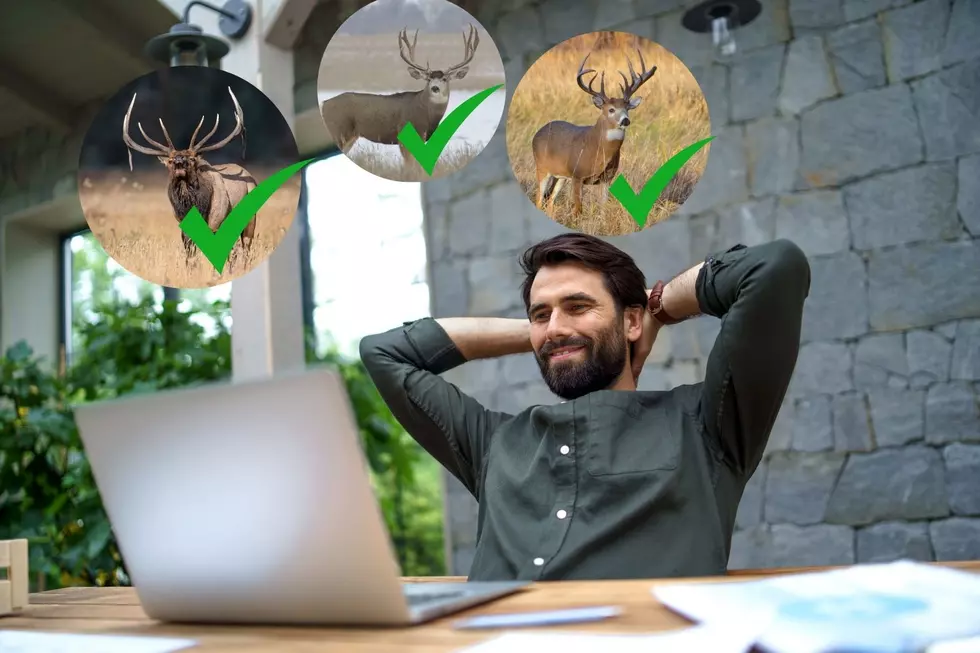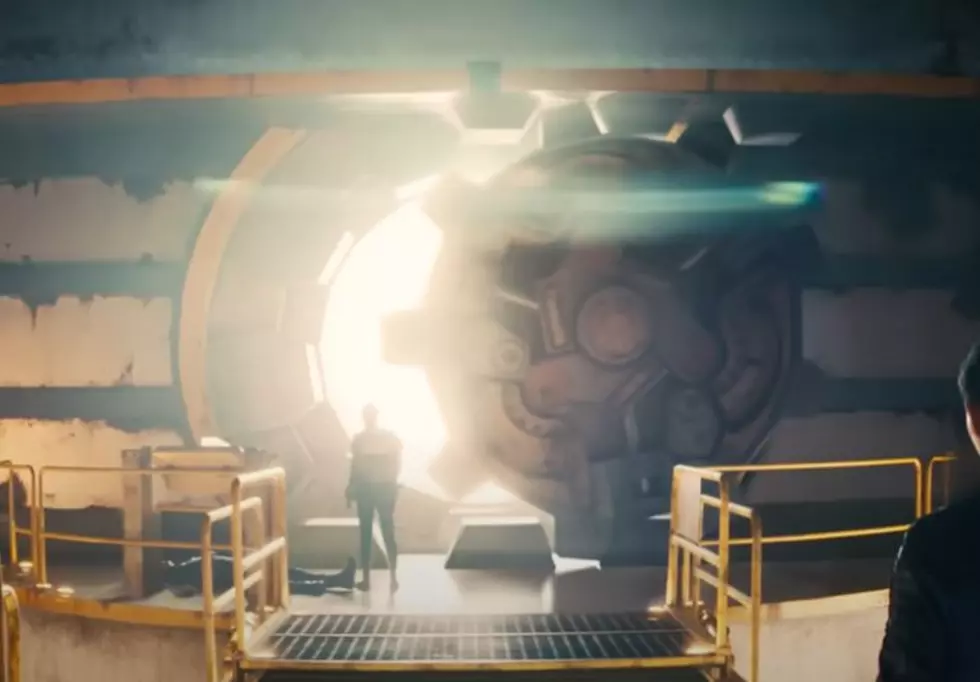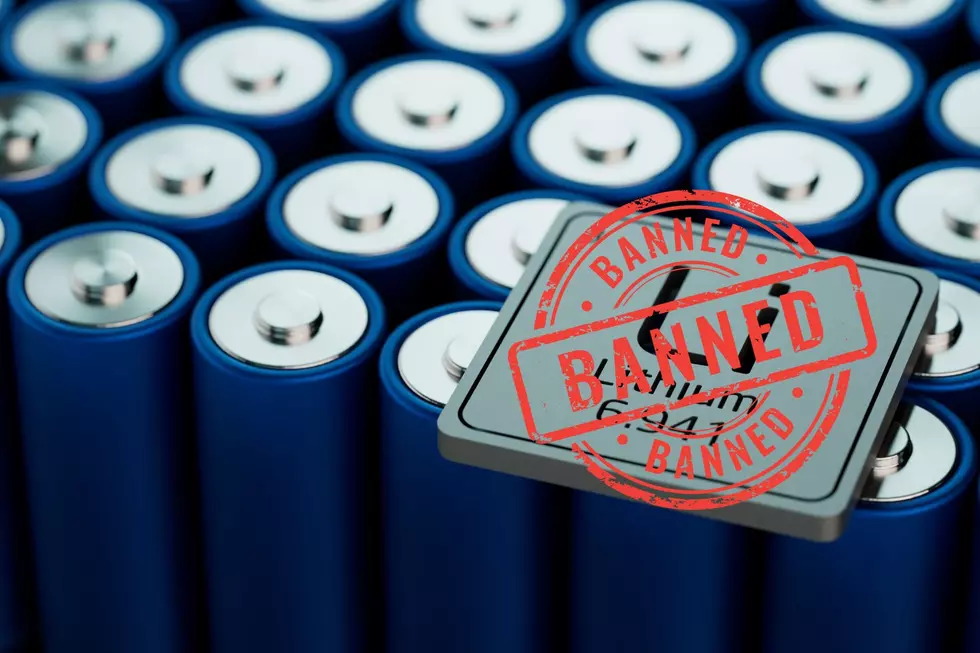
How Long Can You Eat Snow in Montana Before It Starts to Go Bad?
C'mon! Don't lie! You love eating snow. You have done it since you were a little kid. You are a master at catching snowflakes on your tongue. But, have you ever wondered if the snow was safe to eat? Obviously, the "yellow" snow is something to steer clear of. But, how about the "not so fresh" stuff?
A study was recently done in Romania, to find out how long snow can sit on earth before it begins to grow bacteria. (Who knows what kind of strange things can contaminate snow in Romania) Snow is fresh water and safe to eat, much like rain. But, after a couple of hours, the snow can develop some unhealthy bacteria.
According to the New York Post
The 2017 experiment showed it was safe to eat snow that was a half-day old, and safer to eat it in the colder months. But by two days old, the snow is not safe to eat, Istvan Mathe, a professor at the Sapientia Hungarian University of Transylvania, told The Associated Press.
The study shows that small amounts of bacteria start to form on snow that is 12 hours old. But, after 24 hours the number is quadrupled.
But don't slap nature's snow cone out of your kid's hands just yet. Professor Mathe says the bacteria levels are not toxic if only ingested in small amounts. Meaning it is probably okay to snack on a snowball a little without any tummy aches. Just don't scarf down a whole gallon of it, as you do with ice cream.
LOOK: The most extreme temperatures in the history of every state
10 of Missoula's Most Infuriating Intersections
More From 96.3 The Blaze









